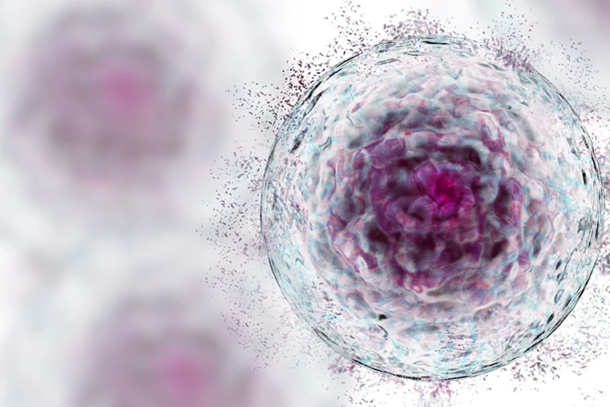In the dynamic field of virology, the quest to understand and combat viral infections has reached new heights through the integration of induced pluripotent stem cell (iPSC)-derived organoids. These three-dimensional structures, mirroring human tissues with unprecedented fidelity, offer a sophisticated and physiologically relevant platform for unravelling the intricacies of viruses. In this exploration, we delve into the groundbreaking synergy between iPSCs and organoids, showcasing their pivotal role in advancing our comprehension of viral pathogenesis, host-virus interactions, and the development of innovative antiviral strategies.
1. Modeling Zika Virus Infection in Brain Organoids: Among the foremost applications is the use of iPSC-derived brain organoids to dissect the complexities of Zika virus infection. This model allows researchers to explore how the virus disrupts neural development, providing critical insights into conditions like microcephaly. By replicating the microenvironment of the brain, scientists gain a nuanced understanding of Zika’s impact on this vital organ.
2. Hepatitis B and C Virus Insights from Liver Organoids: Liver organoids, generated from iPSCs, play a pivotal role in deciphering the enigma of hepatitis B and C virus infections. These miniature replicas of the liver provide a unique opportunity to scrutinize viral replication dynamics, assess the efficacy of antiviral drugs, and mimic the pathogenesis of liver diseases. The use of liver organoids accelerates progress in developing targeted therapeutics for these persistent and challenging infections.
3. Respiratory and Gastrointestinal Virus Studies: The versatility of iPSC-derived lung and intestinal organoids shines in modelling infections by respiratory (e.g., influenza, RSV) and gastrointestinal (e.g., norovirus, rotavirus) viruses. These models offer a glimpse into the intricacies of viral entry, replication, and immune responses within the context of relevant tissues. The findings contribute not only to our understanding of individual viruses but also to the broader field of host-pathogen interactions.
4. Herpes Simplex Virus Latency Explored in Neural Organoids: Neural organoids derived from iPSCs provide an intricate platform for studying the elusive aspects of herpes simplex virus (HSV) latency and reactivation. By mimicking the neural tissue environment, this model aids in unravelling the mysteries of recurrent infections and the establishment of viral latency. Insights gained from these studies may guide the development of novel therapeutics targeting latent viral reservoirs.
5. Advancements in HIV Research with iPSC-Derived Immune Cells: The integration of iPSC-derived immune cells, including macrophages and T cells, into organoid models has propelled HIV research forward. This approach allows researchers to investigate the impact of HIV on various tissues and explore potential strategies for viral eradication. The combination of immune cells and organoids opens new avenues for understanding the complex interplay between the virus and the immune system.
6. Modeling Congenital Cytomegalovirus (CMV) Infection: The use of iPSC-derived organoids extends to modelling congenital CMV infection, a condition associated with developmental abnormalities. By recreating the conditions in which CMV interacts with fetal tissues, researchers gain valuable insights into how the virus affects embryonic development. Such models provide a foundation for exploring interventions to mitigate the impact of congenital infections.
7. Personalized Medicine for Antiviral Drug Testing: The customization afforded by iPSCs derived from individual patients takes virology research a step further. The generation of personalized organoids allows for the tailored testing of antiviral drugs, mirroring the genetic background and disease susceptibility of specific patients. This personalized medicine approach holds promise for more effective and patient-centric treatment strategies.
Conclusion: The integration of iPSCs and organoids marks a transformative chapter in virology research, offering unprecedented insights into the intricacies of viral infections. From deciphering the impact of Zika virus on neural development to exploring strategies for eradicating latent HIV reservoirs, iPSC-derived organoids stand at the forefront of scientific inquiry. As we navigate the complex landscape of viral mysteries, these innovative models pave the way for breakthroughs that hold the potential to reshape the future of antiviral research and therapeutic interventions. The marriage of iPSCs and organoids opens new vistas, guiding us towards a deeper understanding of viruses and empowering us to develop more targeted and effective strategies to combat them.

